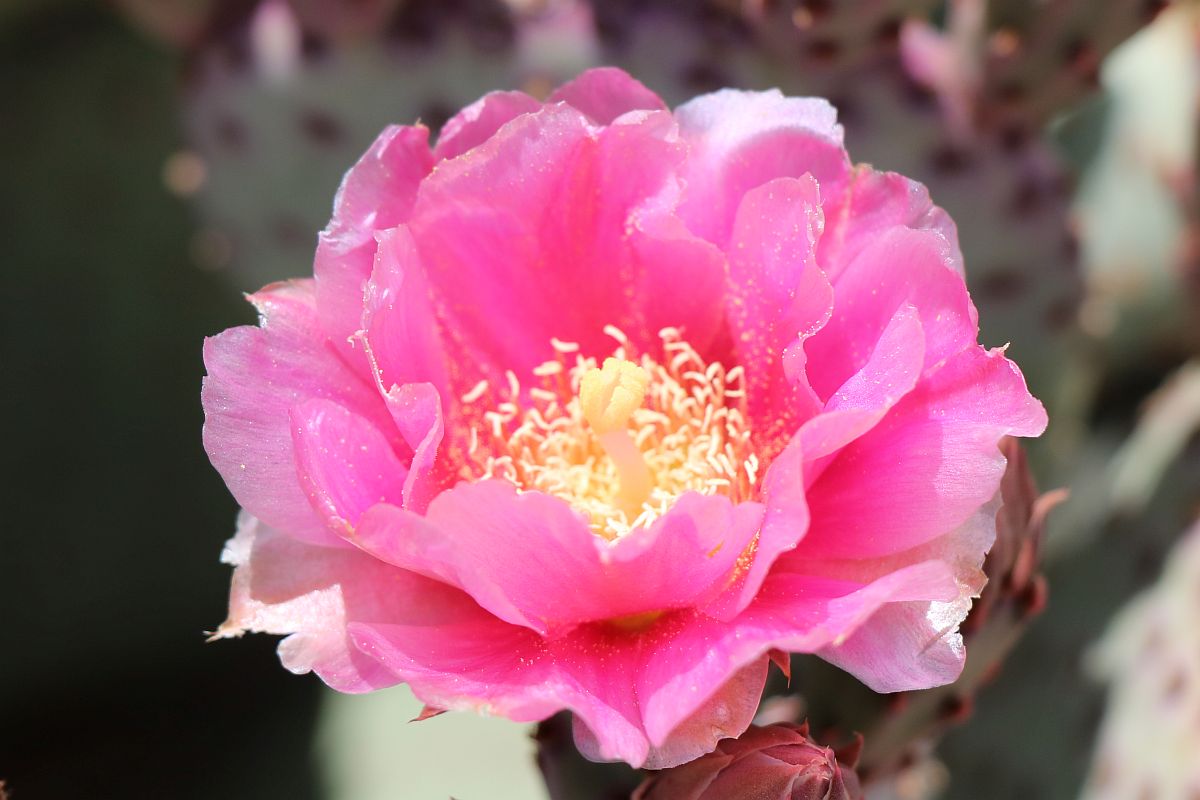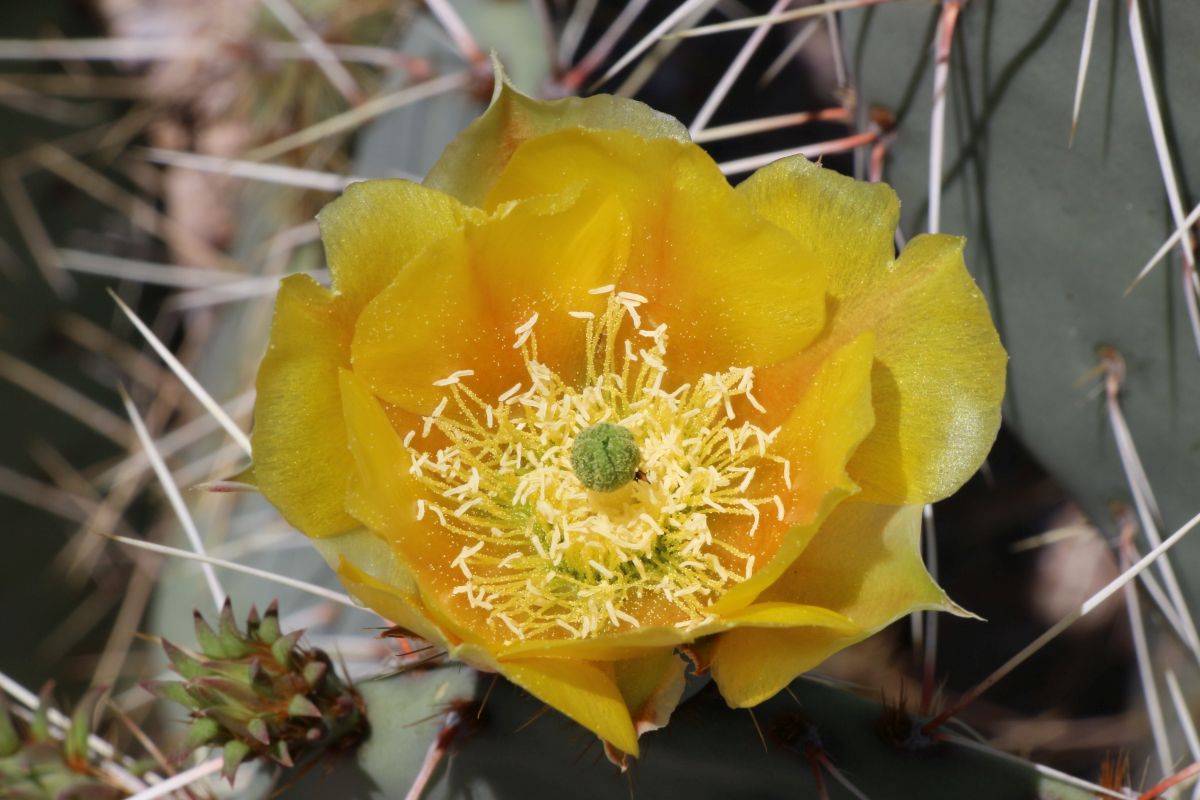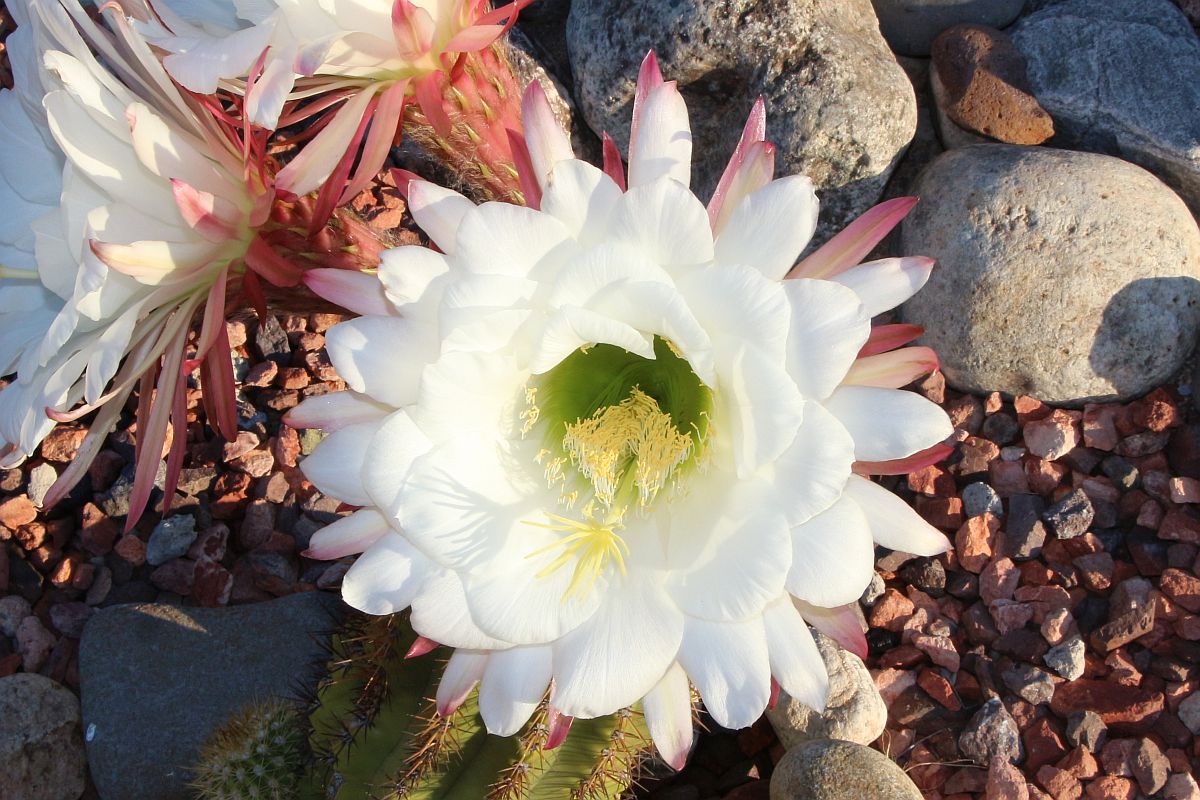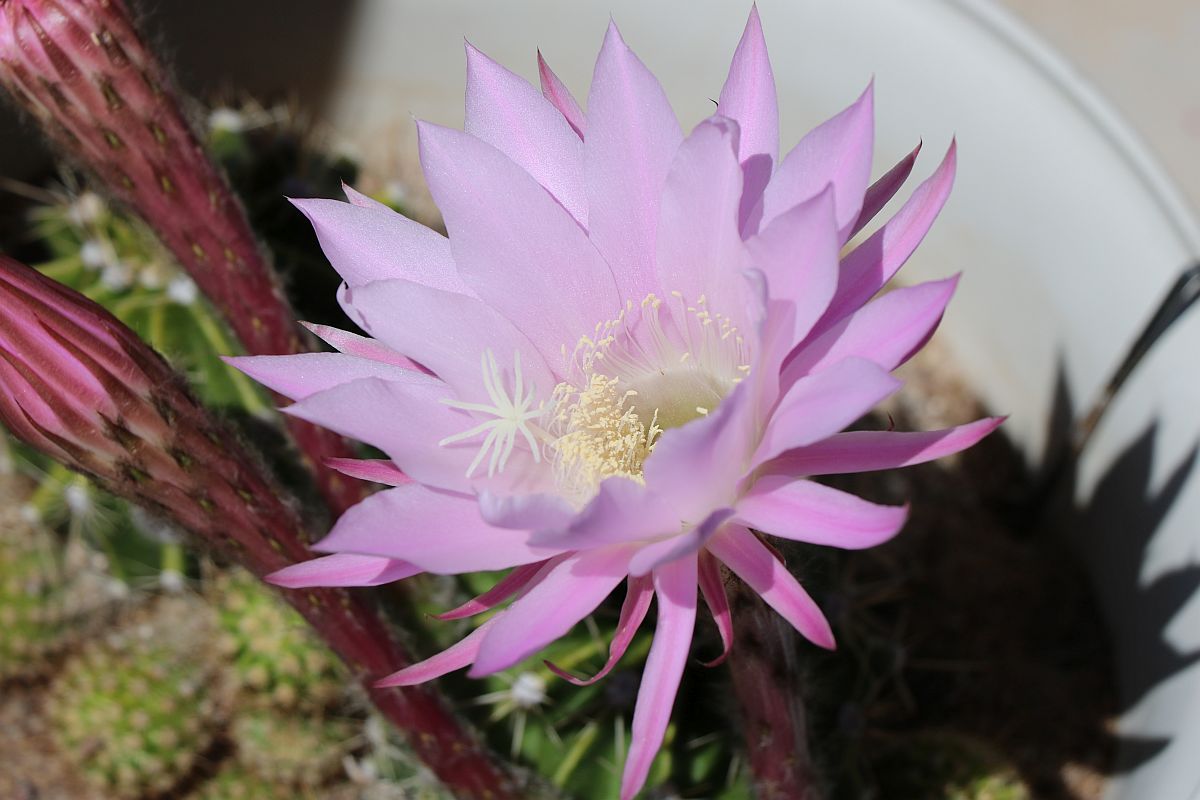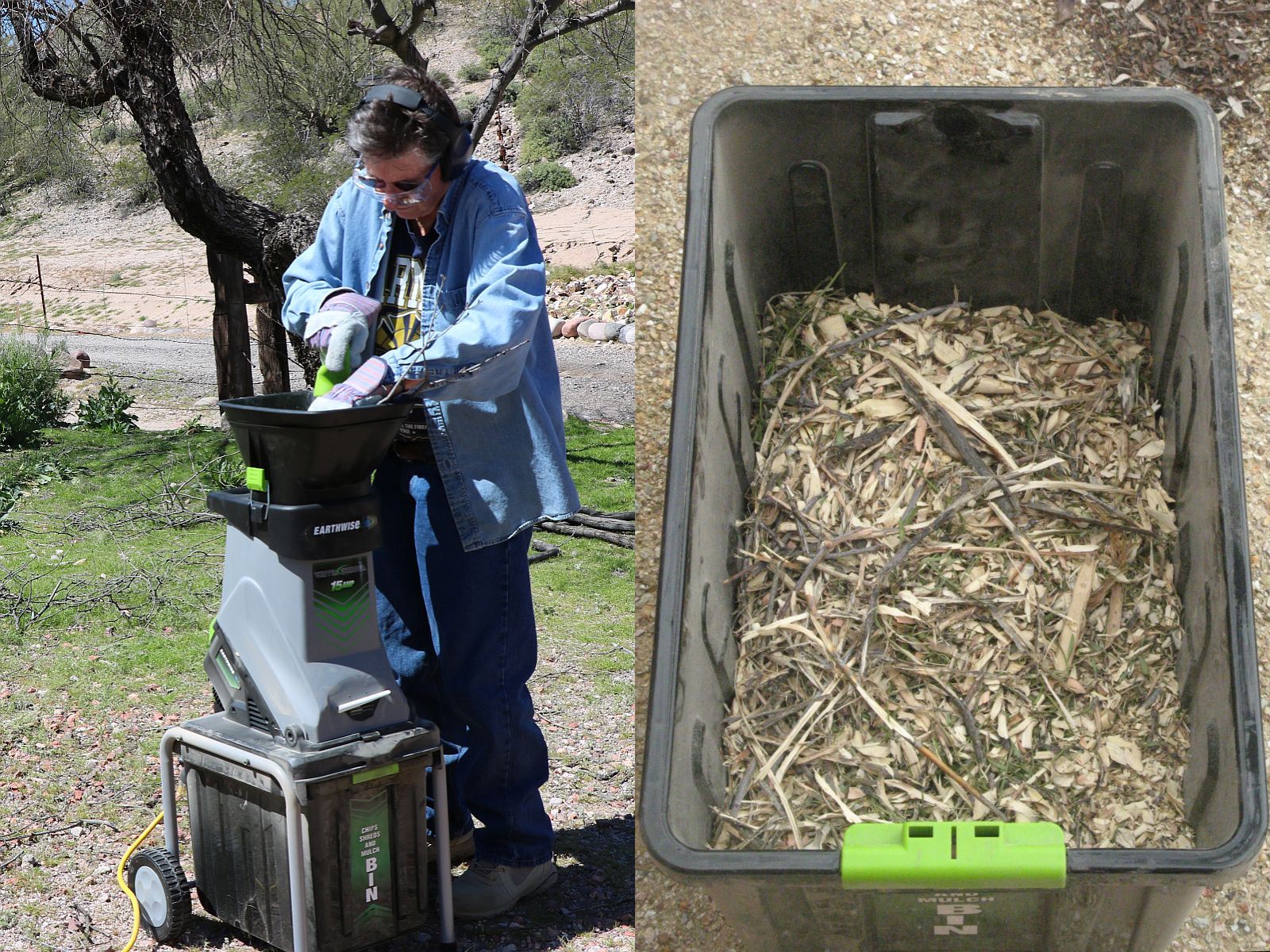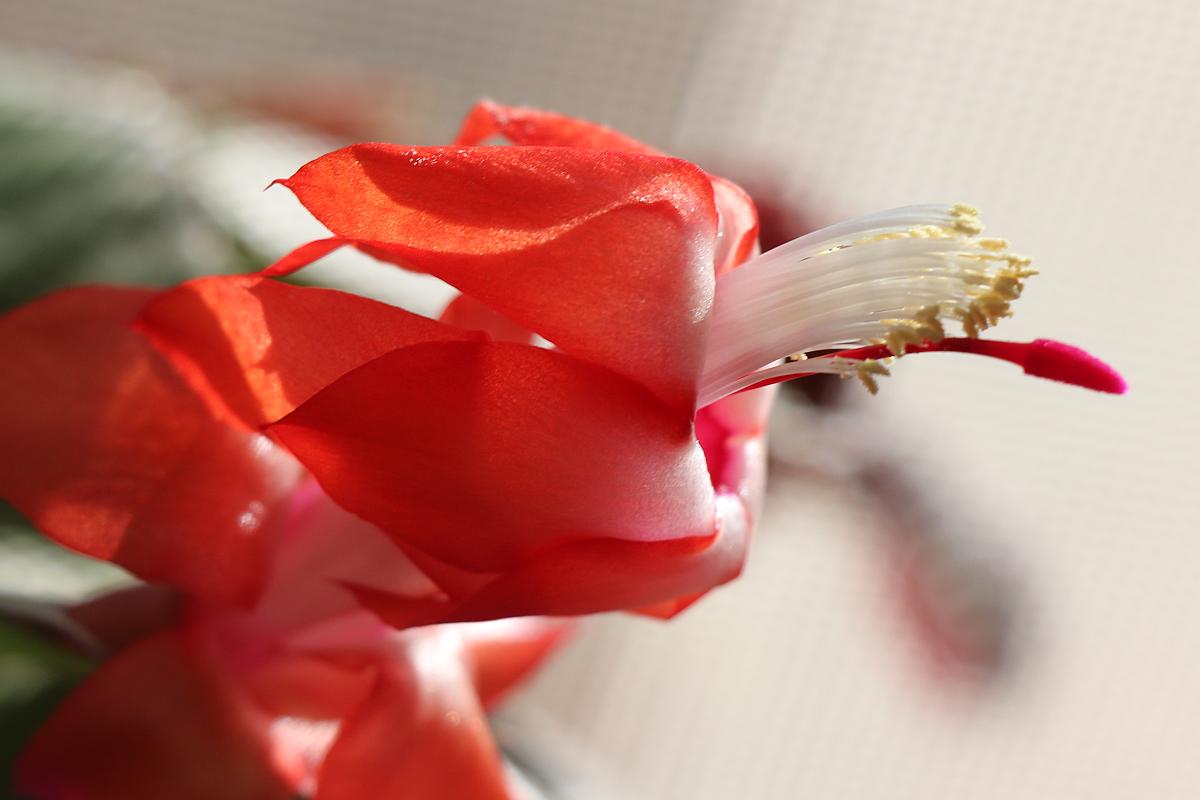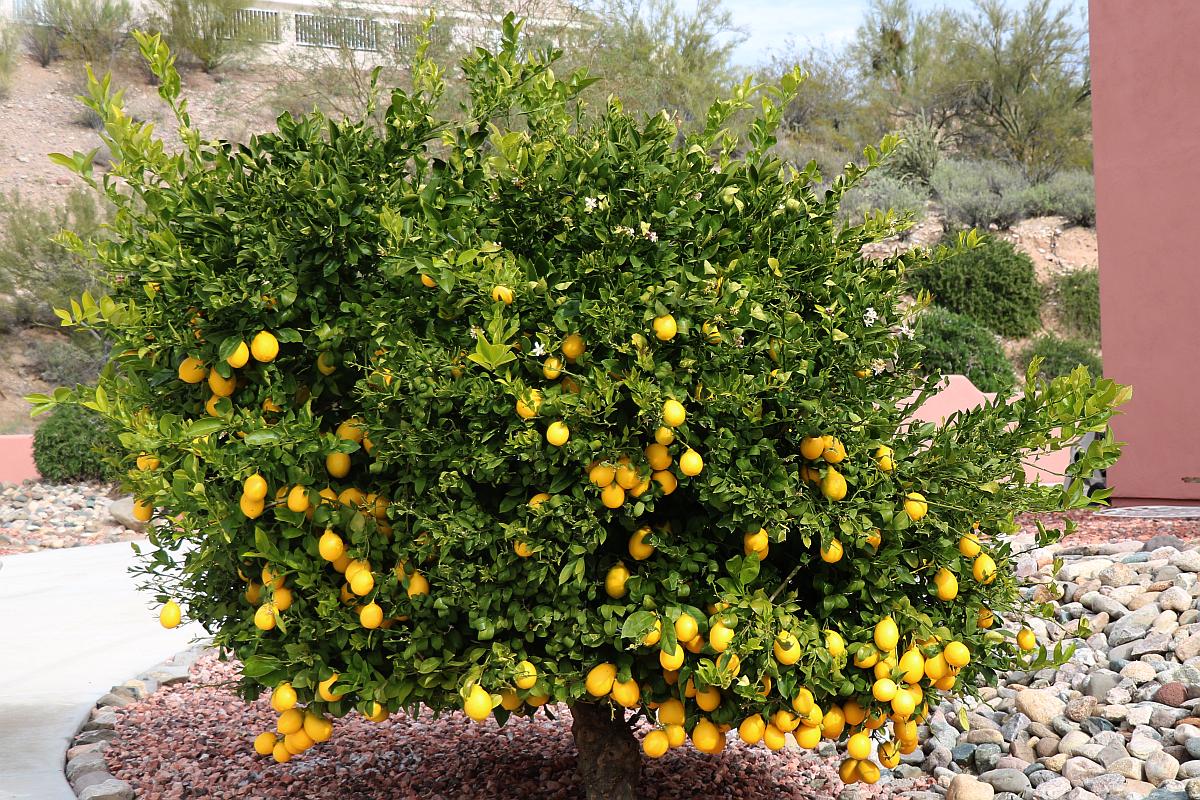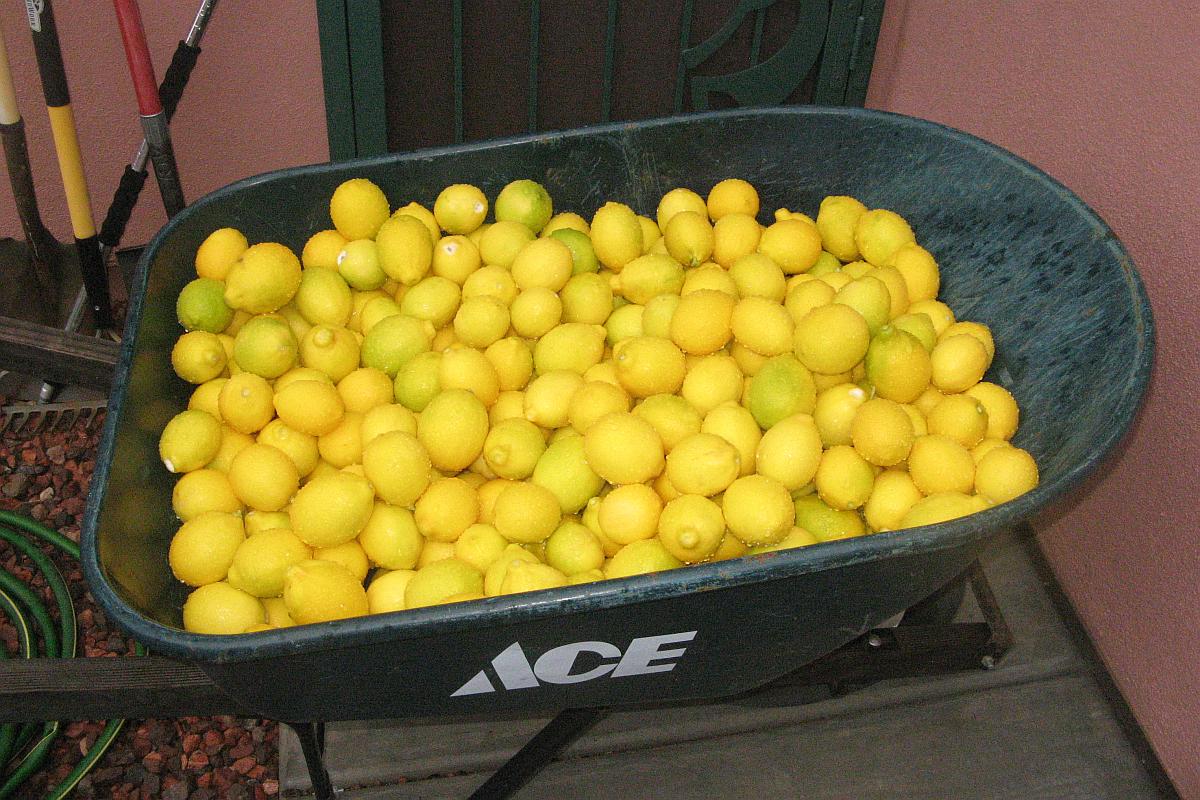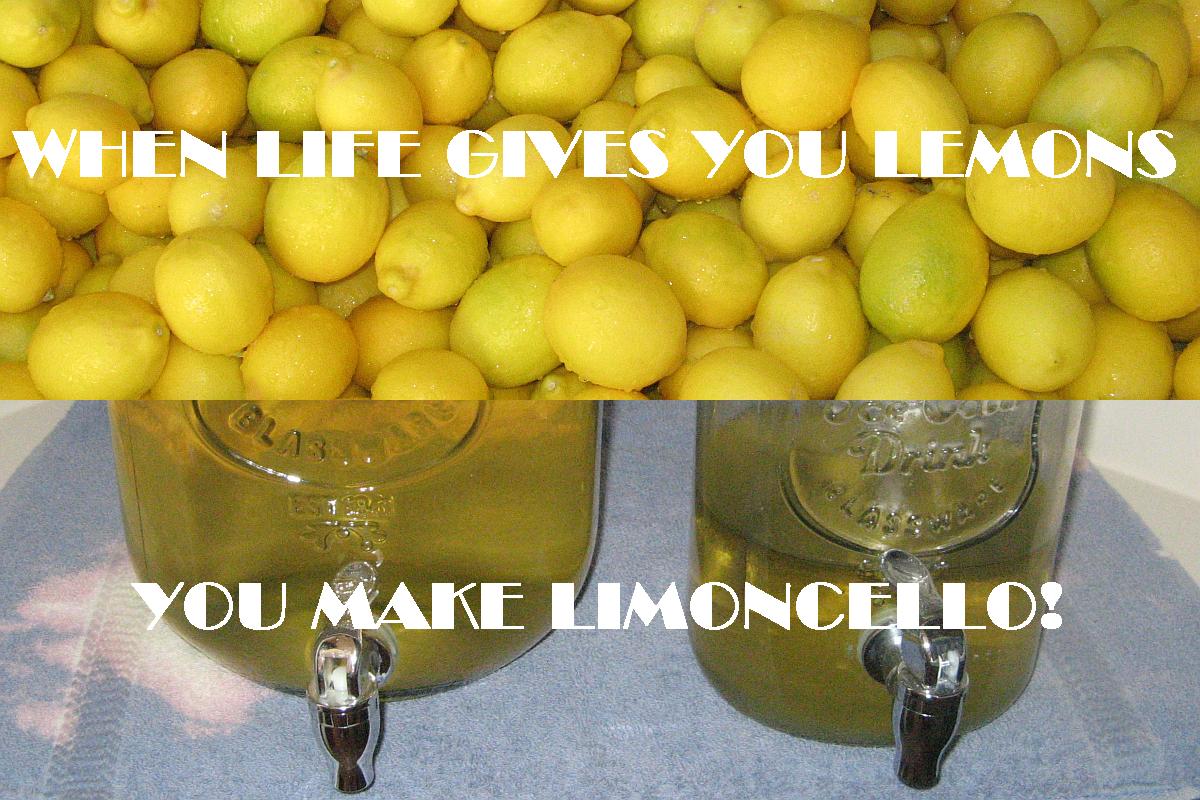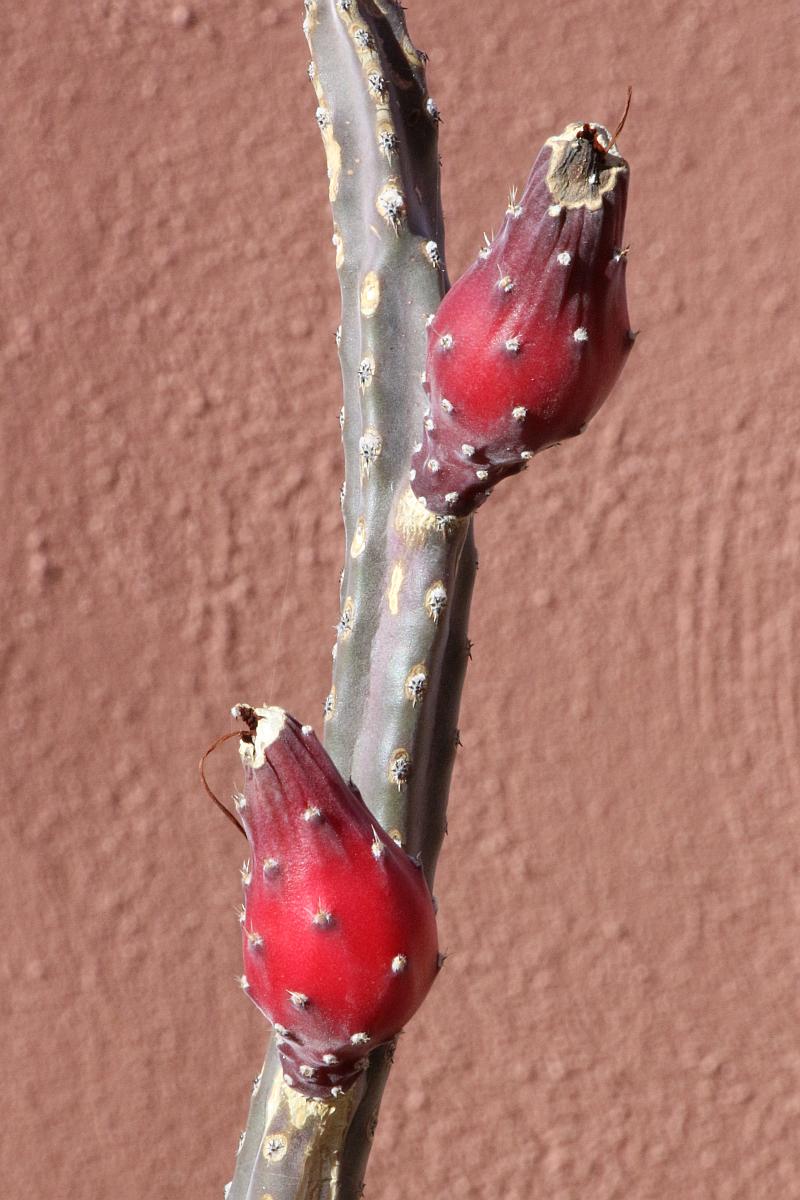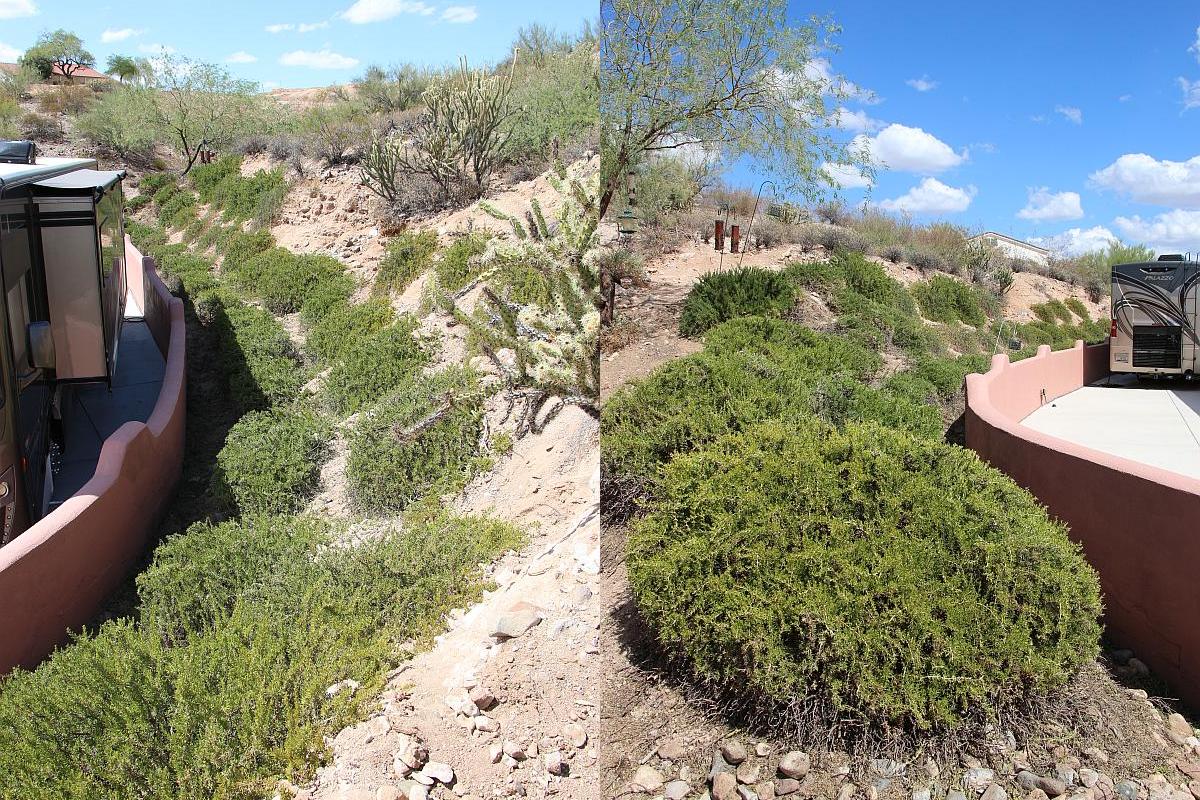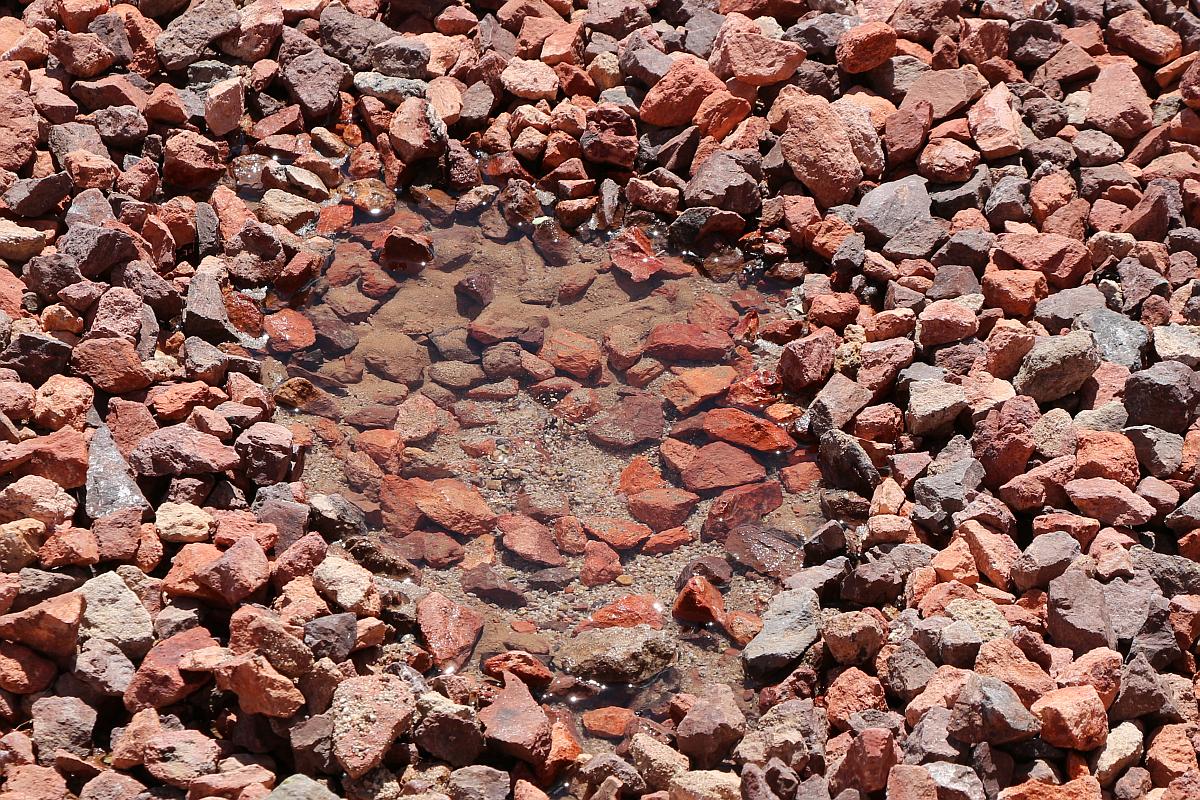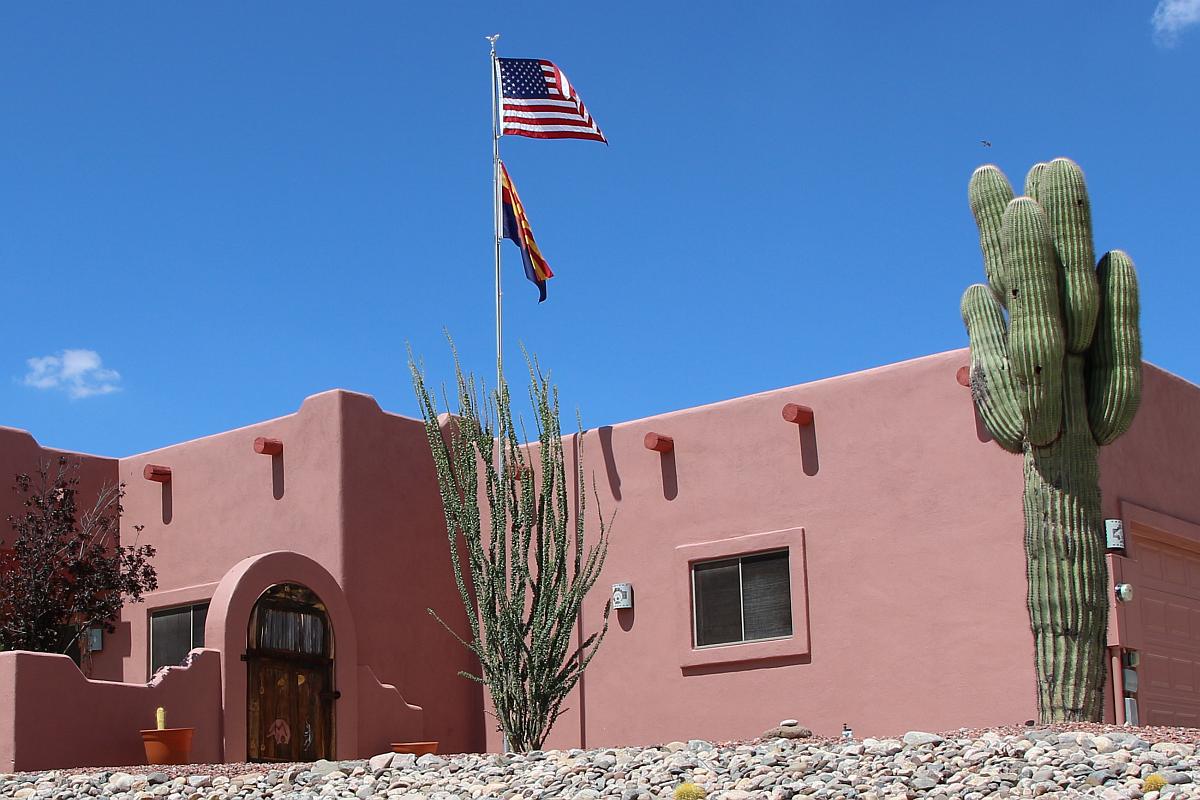Since mid-March, the cacti in our xeriscape gardens have had open flowers. The individual flowers aren’t around more than a day or two at most, but, thankfully, the individual flower buds have matured at different times over the last five weeks providing us with almost continuous colorful flowers from day to day.
The two flowers at the top are from our opuntia cacti, a.k.a. paddle cacti. Top left is from one of our beavertail cacti and top right is a flower on a prickly pear. The bottom left is an Argentine Giant flower. one of three that were open simultaneously last week. On the bottom right is a flower from a little ball cactus that my sister in Stockton, CA, mailed to me last year. I don’t know the botanical name of this cactus, but it sure makes pretty pink flowers.
I love springtime in the desert!
All the photos were taken using my Canon EOS Rebel T6i camera or with Bob’s Canon EOS Rebel SL1, both equipped with EFS 18-135mm lenses. Click on any of the images to enlarge.

